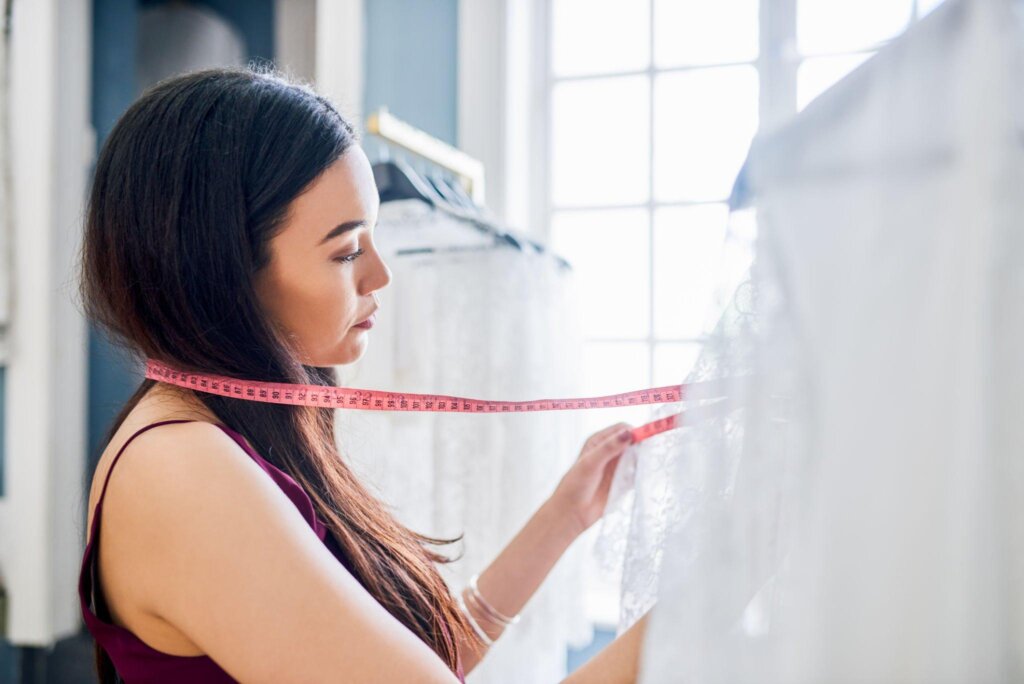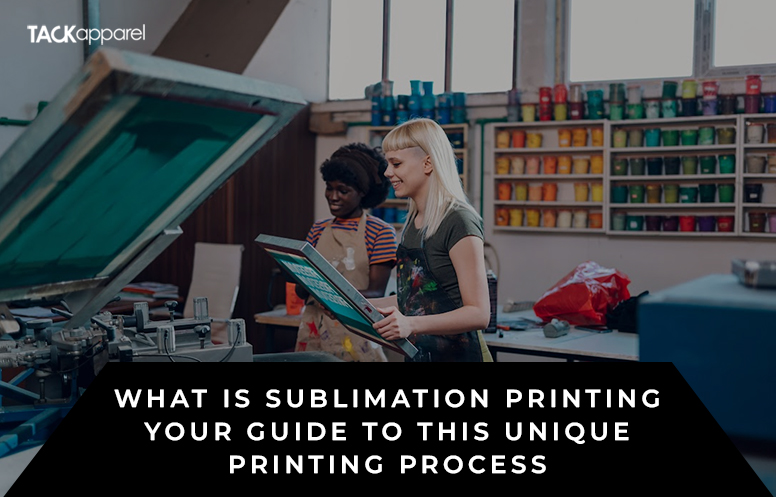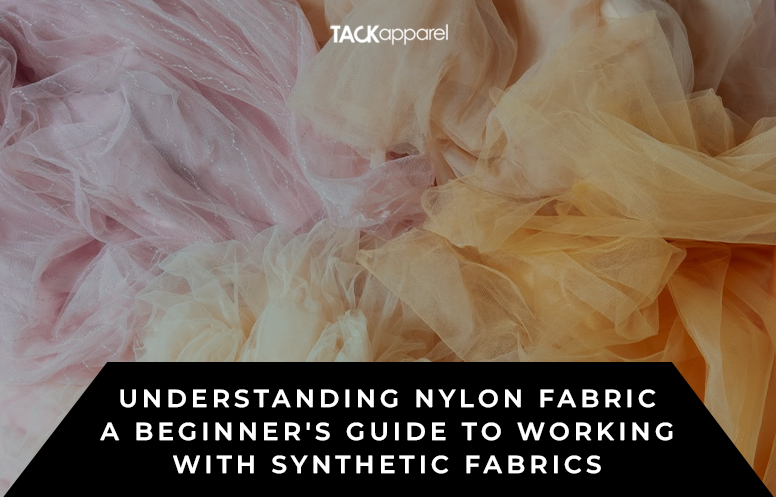Body measurements are very important for making clothes fit better people. So, a designer or dressmaker needs to have a better understanding of how the body works and how to take accurate body measurements. For the cutting room to use the fabric well, the designer needs to know the size and shape of the body the design is for. This starts with the “eight-head theory.”
To get the best results when making clothes, you need to take accurate body measurement. When making garments correct garment measurements can also help save time, in addition to making sure it fits well. Personal measurements are needed not only to sew a garment at home or have
someone else sew it but also to buy a garment that has already been sewn.
Additionally, the tailor needs to know the exact customer’s body parts measurement. There is a cost for the fabric used in tailoring. To make a suit or dress, there has to be some amount of fabric material.
If the tailor makes too many clothes without taking body measurements, the fabric may run out. And it takes more fabric to fix dresses or suits that are small. So, if the tailor takes accurate body parts measurement, he or she will know how much fabric to use. Sometimes, they can even save the material
that didn’t get used for the next job.
What Makes Size Charts Critical For Clothing Makers

It’s important for custom clothing manufacturers to follow standard size charts which fit most people. In the past, brands made their charts with body size information. This shows the height and weight of their ideal customer, which they found out by researching their shoppers.
The purpose of making this chart is to make sure that all new products have the same sizes. All styles that come after this one will be made to fit this body. You want the customer to always know what size they are in your brand. It makes shopping easier for them and makes them more likely to trust
your brand.
If your brand is new, you might not yet have a size chart. It’s not required, but it’s a skill you should work on when you can.
You probably don’t have the money to survey and look at the full body measurements of 1000 or more customers. Look at what other brands your customer buys. This is a good place to start. Check their size charts to see what information they use.
Try to find a pattern by looking at a few competitors or bigger brands. At the very least, you can try to be about the same size as other places where your customers shop.
Measurements in your tech pack should not be confused with size charts or body measurements.
Why It’s Vital To Take Measurements Both OF Your Body And The Garments

The standard “points of measure” for each type of clothing are different. A T- shirt and a pair of pants, for example, will have different standard POMs.
Your measurements will also be affected by the fabric you use for your design.
The difference between the size of a piece of clothing and the size of a person is called “ease.” Measurements of the body are made with a little extra room so that the clothes will fit well and give the person room to breathe.
In the past, a paper pattern was used to make these measurements from scratch. With the pattern, a piece would be cut out and used to make a sample. Then, this would be tried on a “fit model” to make sure it was the right size and fit. Called a fitting or a fit session.
Tech packs and making things in other countries have become the norm. The garment measurements for a new product are taken from an existing garment that is made and designed in the same way. Big brands can usually do this easily because they have a lot of old products to choose from.
Most brands want to get their products to market faster. A great way to do this is to use tech packs and measurement specs.
How To Do Body Measurement For Clothes If You Didn’t Have a Scale?

When you’re shopping online, it can be hard to find your size. Size guides often give us measurements in centimeters and inches, but if you’ve never been measured, this might not mean anything to you.
Most of us buy clothes based on standard retail sizes, like a size 10 or an XL. But what can you do if you need to be more specific and don’t have a tape measure? We show you how to measure clothes without tape.
Procure The Necessary Equipment
You will need some kind of flexible material. Most people have a long phone charger cable, string, or even a dressing gown tie. But keep in mind that you may need to physically mark the tool you use, so don’t use anything valuable.
Also, you’ll need to find something whose length you know. Or it’s easy to find out how long it is. Rulers are easy to use because they are marked with sizes. You could also use a piece of paper, a book, or something you could quickly look up online.
A pen or pencil will also be needed. Now we know how easy it is to measure clothes without tape.
Put Marks In For Fractions
If you have a ruler, you can use it to mark the tool in increments. Depending on the length of the tool you are using to measure, you could mark every few inches, for example.
If you don’t have a ruler, you can also, as before, use something whose length you know. Use something smaller, like a dollar bill, a finger, or something about a few inches long.
Perform The Required Measurements

You will need to choose a tool that is long enough to measure the areas you need. This will make the process much easier.
How body measurements for clothing are taken and what measurements are needed may be different for men and women. Depending on what you want to buy, you might only need to measure a few parts of your body or your whole body.
Here are some common things to keep track of Neck, Chest, Waist, Hips, Inseam, and other things like Shoulder Width or Sleeve Length may also be important.
Now all you have to do is measure yourself by wrapping the fabric around you in the right places. Bring this to the front, as it will be easier that way. Then, mark where they fit together well. Using your measuring tool, you should be good to go.
For instance, suppose,
The only way to accurately measure your waist is with a flexible tailor’s tape measure like this one:
Even then, you can’t be sure that the measurement is correct.
When you do your waist measurement, there are three things you should do:
●Take it where your upper body (your torso) folds when you bend over. This is the smallest part of your torso most of the time.
●Line it up with the floor.
●Take it without pulling in your stomach, leaving a little space between you and the tape.
How Do You Get Everything Done Without a Measuring Tap?
Here’s how do to it:
piece of paper that is 8 inches long.
● Spread out the to do it:
● If you don’t have a tape measure, wrap a piece of string, rope, or even a lamp cord around your waist.
● Mark the spot where the end of the cord meets the middle.
● Take a normal cord.
● Put the paper’s edge on the end of the cord.
● Mark off the paper width on the cord until you reach the last section.
● So, fold the paper in half and start over. Then, again. The folds will now be in inches.
For instance, you turned in the paper for 3 marks (widths). That’s 24 inches, which is 38. Then you have 3 1/2 inches, or 3 and 1/2 folded sections. Your waist is 27 1/2 inches around.
This is how you make sure the measurement is correct.




